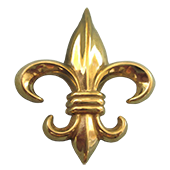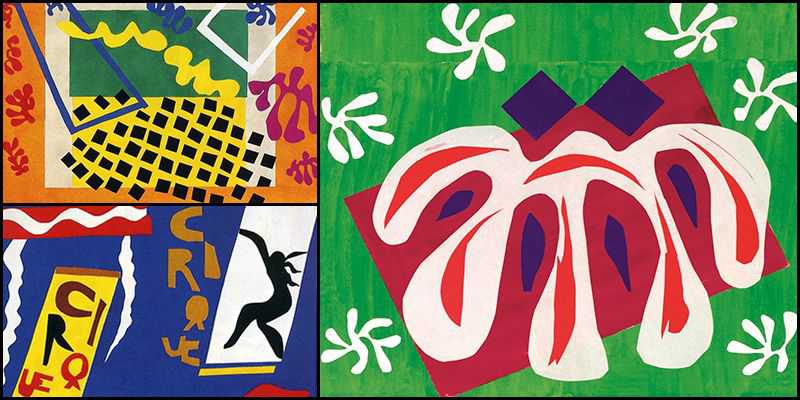The Art of Henri Matisse’s Paper Cut-Out Sculptures
- Posted on 22nd March 2024
- in antiques, antiques buyers online, asian bronzes, Bronze Sculpture, Sculptures
- by Alan
A Look at Matisse’s Creative Process and Techniques
Henri Matisse, a French artist known for his use of color, is widely recognized as a painter. However, he was also a skilled draughtsman, printmaker, and sculptor. Matisse was born in Le Cateau-Cambresis, France, in 1869, and was the oldest son of a prosperous grain merchant. He initially studied law in Paris but began painting in 1889 after his mother gave him art supplies.
History and Journey of Henri Matisse
Matisse, along with Pablo Picasso and Marcel Duchamp, is credited with being one of the three artists who helped define the revolutionary developments in the plastic arts during the earlier decades of the twentieth century. Matisse’s mastery of the expressive language that can come from color and drawing won him recognition as a leading figure in modern art.
The first recorded use of the paper cut out technique by Henri Matisse was in 1919. This was during the design of the decor for an opera that was made by Igor Stravinsky, Le chant du rossignol. By the end of the 1940s, Matisse was using “cut-outs” for various decorative arts projects, including wall hangings, scarf patterns, tapestries, rugs, and the designs for the Dominican chapel at Vence.
His mastery of the expressive language that can come from color and drawing and how they could be displayed in a body of work throughout spanning over a half-century, won him recognition as a leading figure in modern art.
How The Sculptures are Made
It took Matisse two years to complete twenty different paper cut out collages. To develop the paper sculptures, Matisse would cut shapes out freehand using paper that was pre-painted with gouache by his assistants. He would use a small pair of scissors as well which would eliminate paper scraps and make it easier to cut the actual item out.
Once the shapes were cut out, the next part of the creative process was to pin the cut pieces of paper to the walls of his studio. This created a world of shapes, resembling a garden made up of weeds, algae, leaves and shapes in patterns until the right balance of color and pattern was achieved. Matisse would let the shapes flap in the wind as they hung on the wall for months and months at a time, until Matisse could finalize a true design.
Once Matisse was happy with the design, the pieces and finished composition were glued to some sort of material such as paper, canvas or a board. The ultimate goal, through all of the trial and error, was to bring to life the two-dimensional work. He was able to do this with the help of Lydia Delectorskaya, his assistant.
As a leading Sarasota art dealer and antique art buyer, we are happy to take a look at any paintings, drawings and sculptures that you may have for appraisal and value. We buy antique bronzes of all variety and we buy antique sculptures. If you want to know the value of your sculptures, bring them in for appraisal and we can tell you all about the sculpture that you have.
In conclusion, Matisse’s paper cut-out sculptures were the result of his unique creative process and techniques. His ability to use color and drawing to create expressive art made him a leading figure in modern art. If you have any antique art, such as paintings, drawings, or sculptures, that you would like appraised, we are a leading Sarasota art dealer and antique art buyer. We buy antique bronzes of all varieties and are happy to provide you with an appraisal and value of your sculptures.

